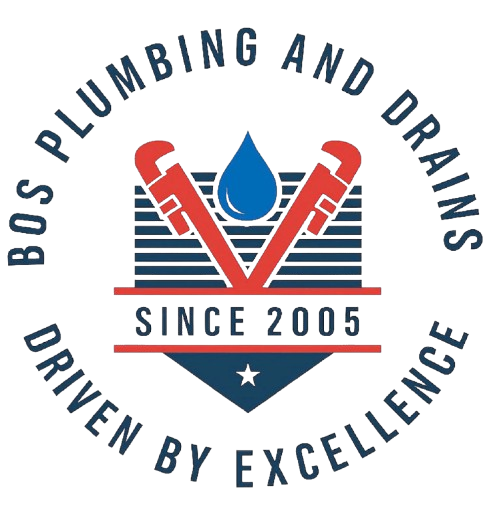Why Sump Pump Maintenance is Important in Niagara Homes
Sump pumps for Niagara, is it important? Niagara is renowned for its breathtaking views, vineyards, and quaint neighborhoods but it’s also no stranger to torrential rains, melting snows, and water
